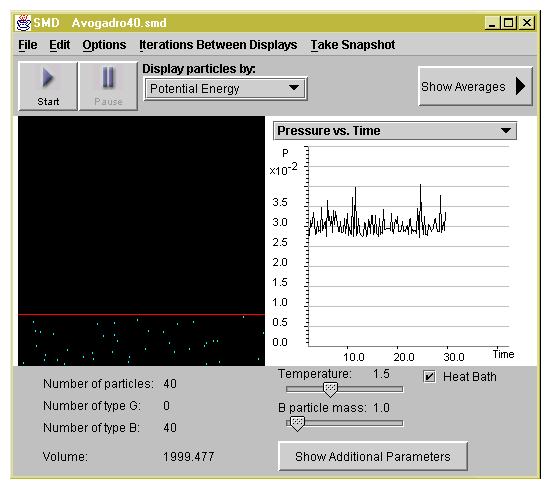|
Your objective is to:
Recognize the role of the number of moles (here the number of
particles) in the determination of the internal pressure of a gas.
You will be able to:
State the relationship between the number of particles and the volume
they occupy if pressure and temperature remain constant.
Calculate the volume when temperature and pressure remain constant.
State Avogadro's hypothesis.
Contrast number density to mass density.
Predict what happens to each parameter if the number of particles is
doubled.
| 
